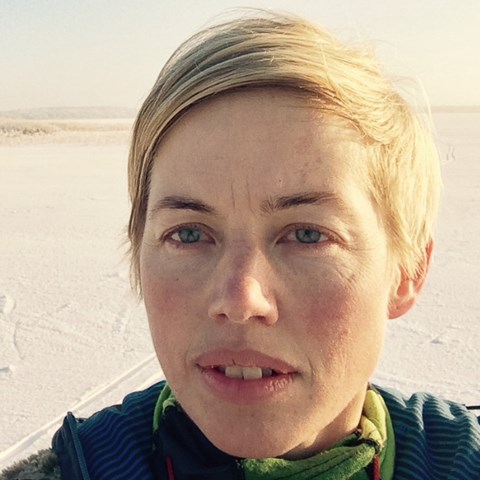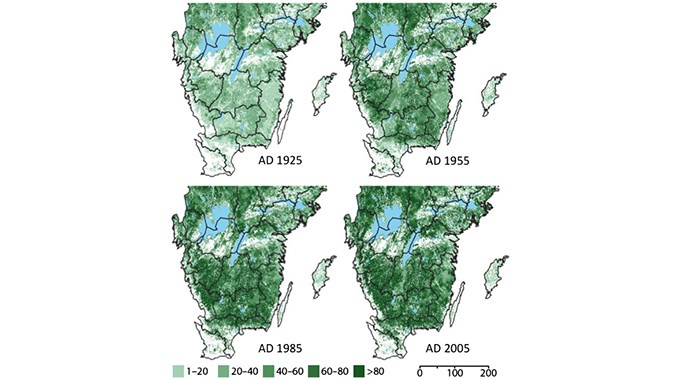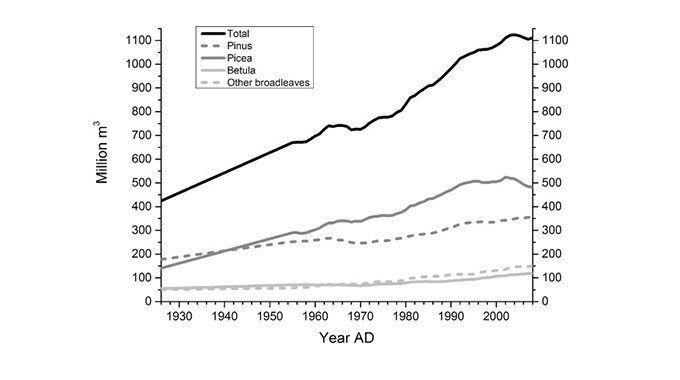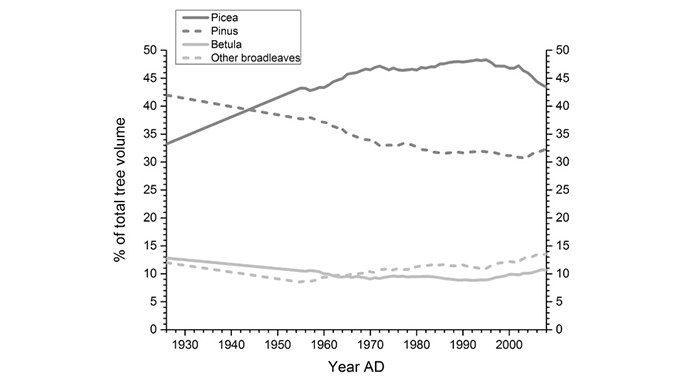The conclusion about the importance of spruce for water has been received surprisingly well in the scientific community, despite major investments in acidification research and measures to address acidification, says Emma Kritzberg.
“There’s something positive about this insight – namely, that this is a problem that we are able to influence. Because even if landowners decide to continue growing spruce in southern Sweden, hopefully local measures – such as deciduous forests in a zone along the waterways – can reduce brownification.”
Brownification is an urgent issue, because it entails increased costs to society to purify drinking water. No one wants the water coming out of their tap to be brown and smelly. This is particularly important in those parts of the country where lakes are used as water supplies and where the problems of brownification are most evident.
Sweden shares its data
This research is unlikely to be the last word on the causes of brownification, but Emma Kritzberg will continue to dig for gold in SLU’s environmental monitoring data. She recounts that international researchers tend to express jealousy when she talks about her research, which is based on SLU’s open data. The combination of long data series and openness is unique to Sweden, and for those who come from the competitive scientific community where people hoard their collected data, it may seem improbably generous. Emma herself once shared this territorial mindset.
“The first time I published an article based on data I extracted from SLU’s data, I was almost ashamed. Should I really be listed as the author when SLU had done all the heavy lifting?
The main purpose of environmental monitoring is to monitor changes in the environment and our natural resources, and it is based on society’s need for a foundation for decisions on legislation, support measures and instruments. After decades of stubborn data collection, the series is starting to grow so long that the information is becoming increasingly relevant to researchers who, like Emma Kritzberg, are finding new uses for the data.
Social investment bears fruit
Most research projects have a short time horizon and funding for research infrastructures is limited. Here, data from natural resource and environmental analysis can play an important role, and society’s investment in data collection can bear fruit in several ways.
Emma Kritzbergs has straightforward advice for researchers who are curious about environmental analysis data and wonder how they can be used.
“Talk to the people behind the scenes, who know how the data were collected. Chances are you will be greeted with enthusiasm!”



